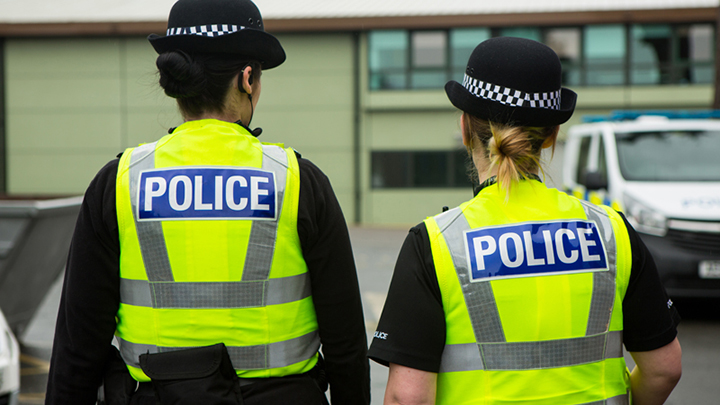By Ian Saunders, PFEW equality lead
I think we can all agree being physically fit is a benefit to everyone in the service, but how fit do police officers need to be? We have had an in-service fitness test for over 10 years now, which is for officers whose role requires them to carry PPE and be operationally deployed (it is not for all police officers - a fact which many forces forget).
But what is this test measuring? The fitness test is not, and has never been, a measure of general fitness or health. It is simply a measure of physical capability to undertake Public & Personal Safety Training (PPST). Successful completion of PPST enables officers to be authorised as operationally competent.
With any fitness test, irrespective of the pass level, some individuals will pass with ease, some with difficulty and some will not pass at all. The issue is you are more likely to fail it if you are a woman, or older, and much more likely to fail it if you are an older woman.
The in-service fitness test is not testing for fitness as in health, but fitness as in the ability to undertake particular work – that you are physically capable of undertaking the role. It was developed over 20 years ago after a scientific assessment of the physical requirements of Officer Safety Training (OST), as it was then called. That’s why it is only for operational roles that carry PPE.
Aware that OST has changed over the years, it was not standardised across all forces, and was not exactly fit for purpose for policing in the 21st century, the NPCC Chief Constables’ Council commissioned the College of Policing to develop the new PPST curriculum (which we support). They also commissioned research to establish the physical requirement to undertake the PPST curriculum. This came out as 3.7 on the multi-stage fitness test (the shuttle run) and importantly, not 5.4, which is the current standard.
But because the NPCC Chief Constables’ Council apparently didn’t like the answer which a leading specialist in the field had measured, they just left it unchanged. They have seemingly dismissed the science and replaced it with their collective view that the standard should remain at 5.4. This appears to be based on wishing to maintain an arbitrary higher fitness test level for officers.
Many people, including many colleagues reading this, will think 5.4 isn’t hard to complete and think everyone in the service should be able to achieve it. The vast majority of officers can complete the fitness test at 5.4, but as a test that gives access to work it has to be capable of being objectively justified as being appropriate and necessary to do the job under the Equality Act – and the level it can be justified at is now 3.7.
We know women and older officers find it harder to complete the test at 5.4. This is down in part to physiological differences between men and women and the affect age has on our bodies. We know older women suffer a double disadvantage. When OST was rated as 5.4 this was considered to be justifiable indirect discrimination, but now PPST is rated as 3.7, 5.4 is no longer sustainable.
In 2023 5.4 is no more relevant than 6.4. or 4.4 – it relates to a course that no longer exists, and there is now a measure for the course that does exist and it’s 3.7. Interestingly, the person who measured the level in 2003 at 5.4 is the same professor who measured the new course in 2023 and found it equated to 3.7.
So why on earth do chiefs think the level shouldn’t change? They have solid science, and have been advised of the very high potential of unlawful age and sex discrimination; could it be they are more concerned about ill-informed tabloid headlines about reducing levels of fitness and blobby bobbies?
There is much debate about whether using the term “institutional” to describe discrimination in the service is useful, but in making a decision so reckless as to the impact on older women, I think this qualifies as an example of what institutional sexism is. A decision much more interested in how it looks and outdated notions about what it takes to be a police officer, rather than actual evidence.
Many will take issue with me saying this, including many women in the service, but the fact is women are much less likely to be able to complete the test as they get older. You can do it this year, and you can probably do it next year – but it will get you in the end. This is supposed to be an evidence-based test of whether you are able to undertake the job you do, not an arbitrary figure based on someone else’s idea of what being a good cop equates to.
As 3.7 is the scientifically proven level of the new PPST curriculum, if any of our members should suffer any kind of detriment (not being provided with access to PPST after passing at 3.7; UPP or threat of UPP; bullying, intimidation or insinuation (unlawful harassment) by peers, managers or trainers relating to PPST) then PFEW will support them to see if they may have a claim under the Equality Act against their force.














